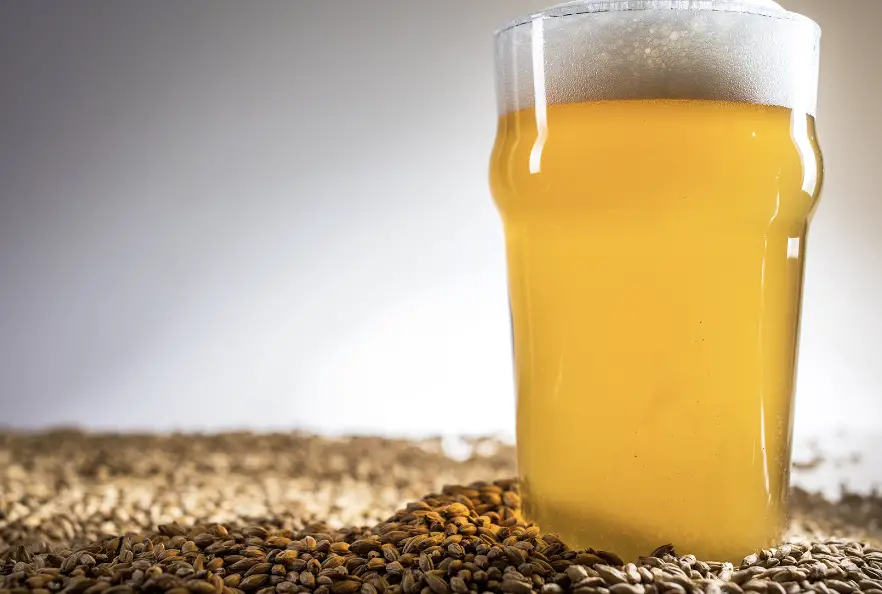
Mastering All-Grain Brewing: A Step-by-Step Guide
All-grain brewing is the pinnacle of homebrewing, offering brewers the utmost control and creativity in crafting their beer. Unlike extract brewing, which utilizes pre-processed malt extracts, all-grain brewing involves mashing and extracting sugars directly from grains. In this comprehensive step-by-step guide, we will walk you through the all-grain brewing process, empowering you to create unique, flavorful, and truly homemade beers.
Step 1: Gather Your Equipment and Ingredients
Before you begin, ensure you have all the necessary equipment, including a large brew kettle, mash tun, fermentation vessel, airlock, hydrometer, and thermometer. Additionally, gather your chosen malted grains, hops, yeast, and any additional brewing adjuncts for your recipe.
Step 2: Milling the Grains
Milling the grains is a crucial step in all-grain brewing. Grains need to be crushed to expose their starchy interiors, which will later be converted into fermentable sugars during the mashing process. Use a grain mill to crush your grains, but avoid over-milling, as it may result in a stuck mash.
Step 3: Mashing
In the mash tun, combine the crushed grains with hot water, creating a thick porridge-like mixture. The temperature of the mash is vital for enzymatic activity that converts starches to sugars. Aim for specific temperatures based on your desired beer style: typically around 148-156°F (64-69°C) for 60-90 minutes. Use a thermometer to monitor and adjust the temperature as needed.
Step 4: Mash Out
Once the mashing period is complete, raise the temperature of the mash to around 168°F (75°C) for a mash-out. This halts enzymatic activity and makes the sugars more fluid, improving extract efficiency during sparging.
Step 5: Lautering and Sparging
Next, it’s time to separate the sweet liquid (wort) from the spent grains. Lauter the mash by slowly draining the wort into your brew kettle, being cautious not to extract tannins. To maximize wort yield, perform a sparge by slowly pouring hot water over the grains in the mash tun, washing out any remaining sugars.
Step 6: Boiling and Hopping
Transfer the collected wort into your brew kettle and bring it to a boil. During the boil, add hops at specific intervals to impart bitterness, flavor, and aroma. Follow your recipe guidelines for precise hop additions.
Step 7: Cooling and Transferring
After boiling, cool the wort rapidly using a wort chiller to bring it to yeast-pitching temperature (around 65-75°F or 18-24°C). Once cooled, transfer the wort to your sanitized fermentation vessel.
Step 8: Fermentation
Pitch your chosen yeast into the cooled wort and seal the fermentation vessel with an airlock. Allow fermentation to proceed for a period specified by your recipe, typically one to two weeks.
Step 9: Bottling or Kegging
Once fermentation is complete, it’s time to bottle or keg your beer. Priming sugar may be added if bottling to carbonate the beer naturally. Otherwise, if kegging, force carbonation can be achieved using a CO2 tank.
Step 10: Enjoy Your Homemade Brew!
After conditioning (for bottling) or carbonating (for kegging), your all-grain beer is ready to enjoy! Chill a glass, pour your creation, and savor the taste of your craft and dedication.
Conclusion
All-grain brewing opens a world of possibilities for homebrewers, allowing you to create exceptional beers tailored to your taste preferences. By following these step-by-step instructions, you’ll gain confidence and expertise in the all-grain brewing process, empowering you to craft unique and delicious homemade brews that are sure to impress family, friends, and fellow beer enthusiasts. So, raise your glass to your newfound all-grain brewing skills and embark on an exciting journey of brewing creativity! Cheers!






